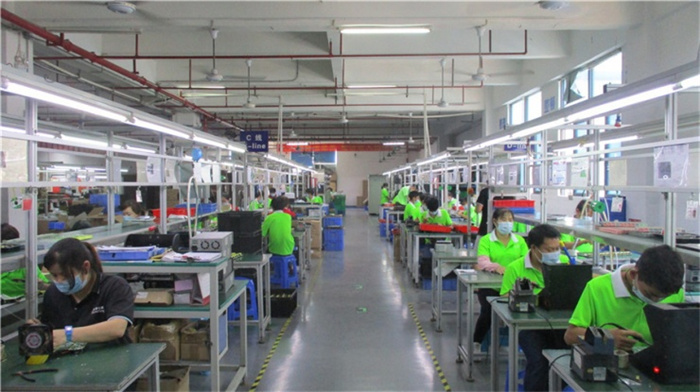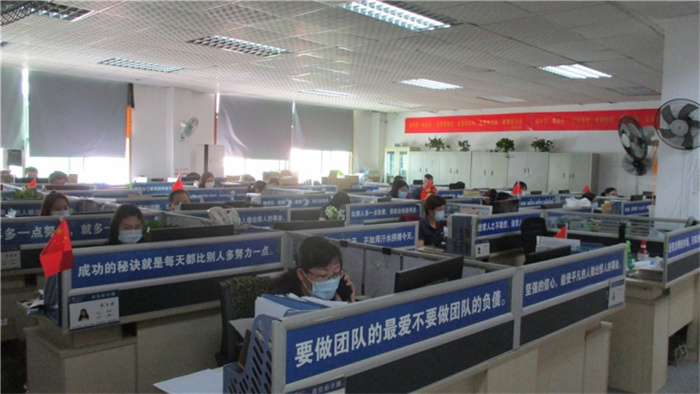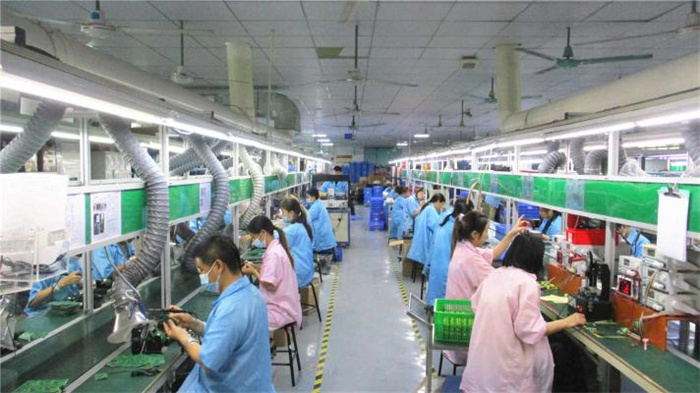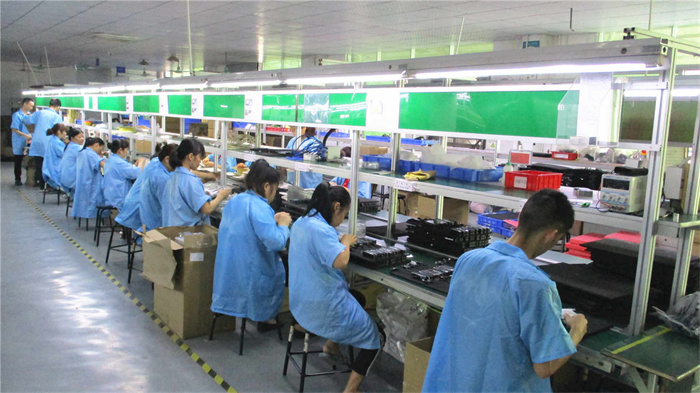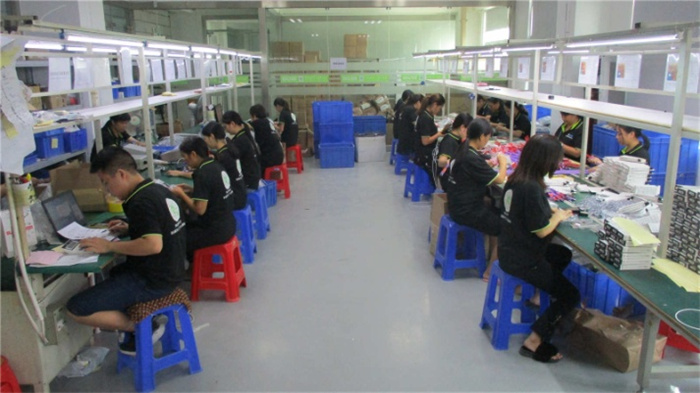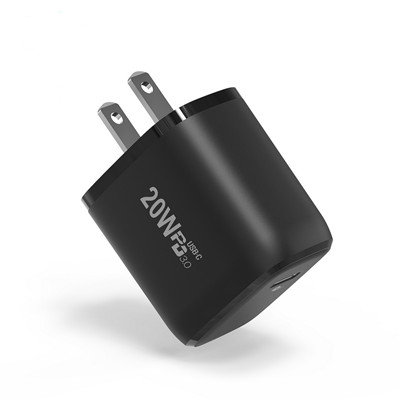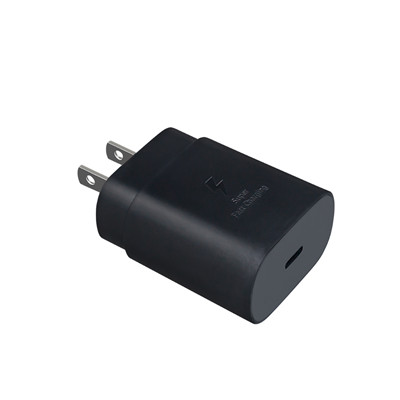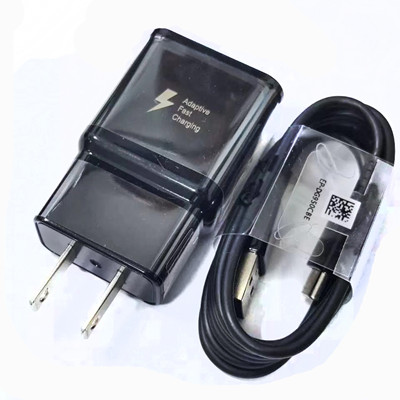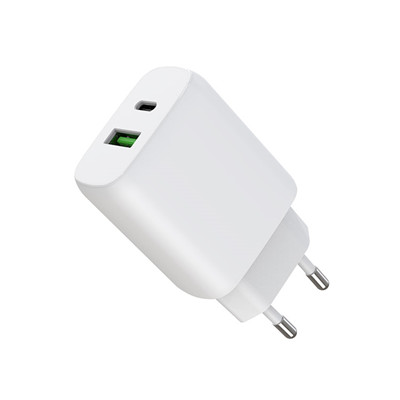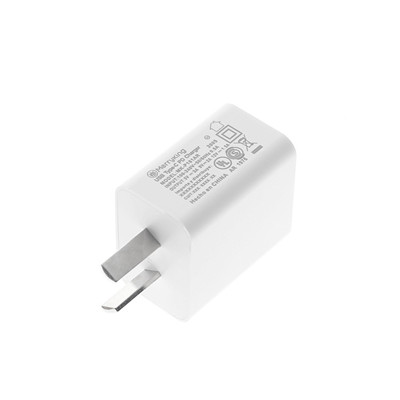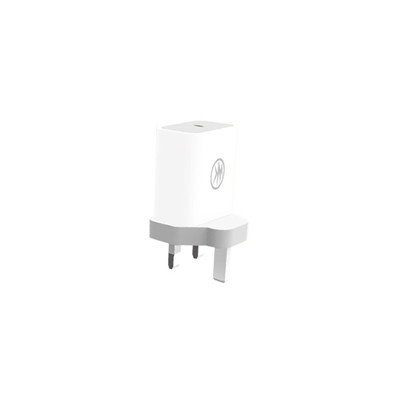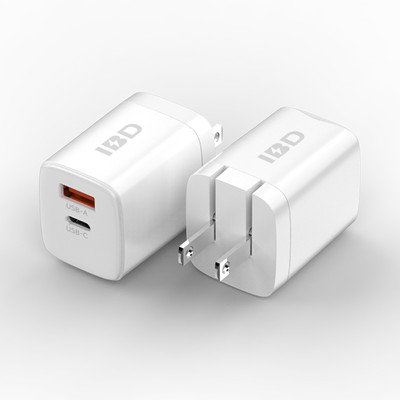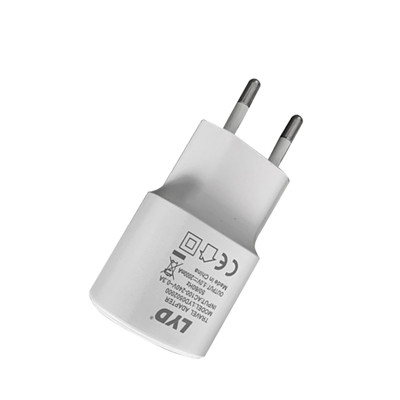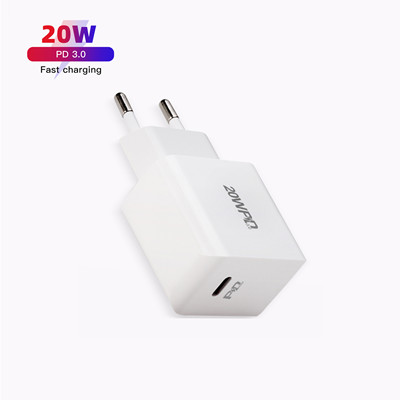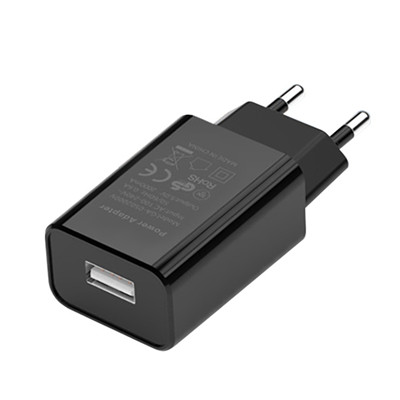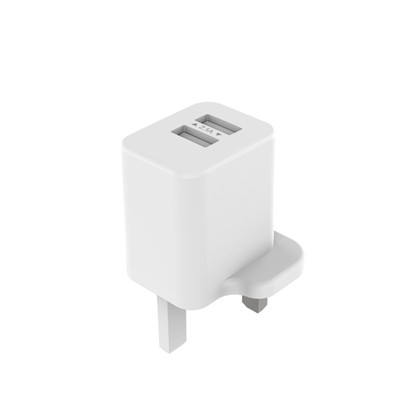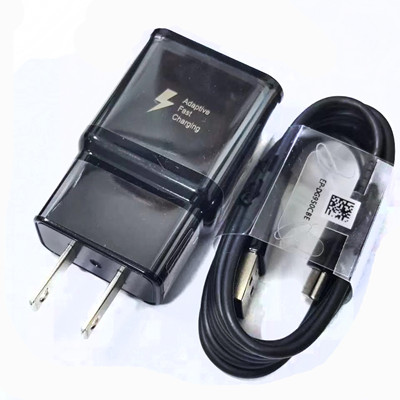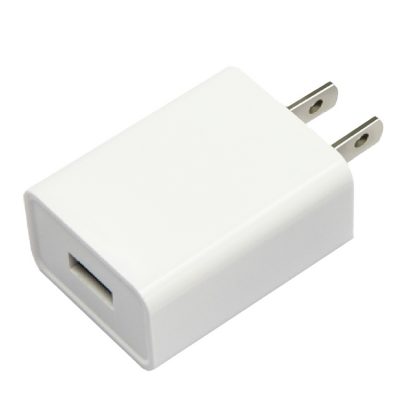
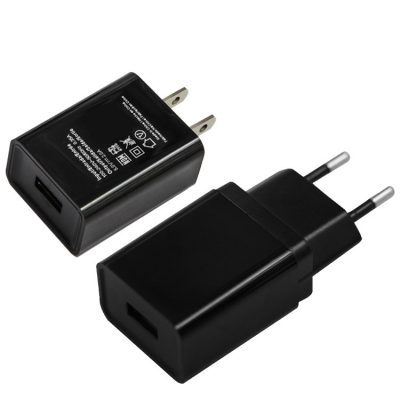
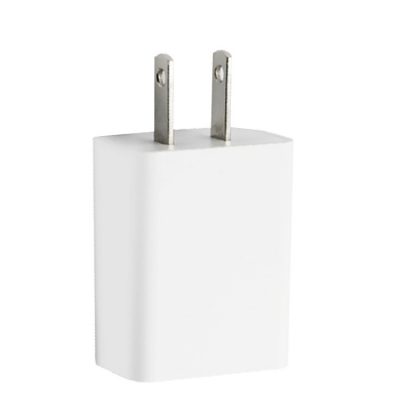
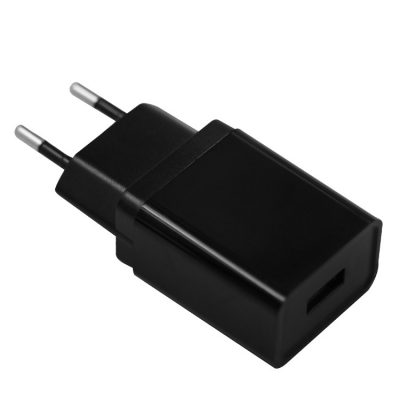
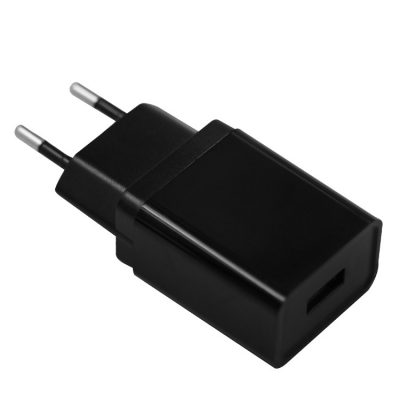
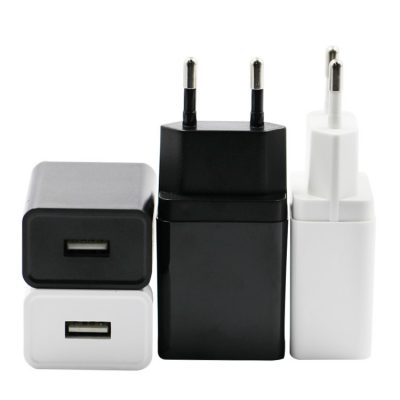
| Type | Mobile Chargers |
| Name | portable usb charger |
| Universal | yes |
| Output Power | 10w |
| Application | Cell phone |
| MOQ | 20 Sets |
| Color | Black or White |
| Material | PC Fireproof Material, ABS+PC |
| Port | 1 x USB |
| Protection | Over-discharging, Short Circuit Protection |
| Protection | Short circuit protection, low voltage, overcharge, overcurrent, overvoltage |
| Keywords | Super Fast charger |
| Usage | Universal |
| Feature | excessive voltage |
Function one of mobile phone charger:
A good quality charger can identify lithium batteries and nickel-metal hydride batteries, and then determine the charging mode. There is an integrated circuit on the lithium battery protection circuit board that stores the characteristics of the lithium battery. On the one hand, it allows the charger to recognize the lithium battery to determine the “constant current” and “constant voltage” charging mode; on the other hand, it also allows the mobile phone to be able to recognize the lithium battery. Identify the lithium battery to determine the discharge method.
The charging method of Ni-MH battery adopts “constant current”. The Ni-MH battery itself is not afraid of overcharging. When the Ni-MH battery is overcharged, there will be a reverse reaction to prevent excessive voltage rise. This reaction will cause the battery to slightly heat up. In addition, nickel-metal hydride batteries are usually equipped with a thermistor to prevent the battery from overcharging. The working voltage of most mobile phones is around 3.6V, so three nickel-metal hydride battery cells are required. Generally, the nickel-metal hydride battery cell will stop after overcharging to about 1.4~1.5V, and the maximum voltage of the three-cell battery is about 4.4V.
